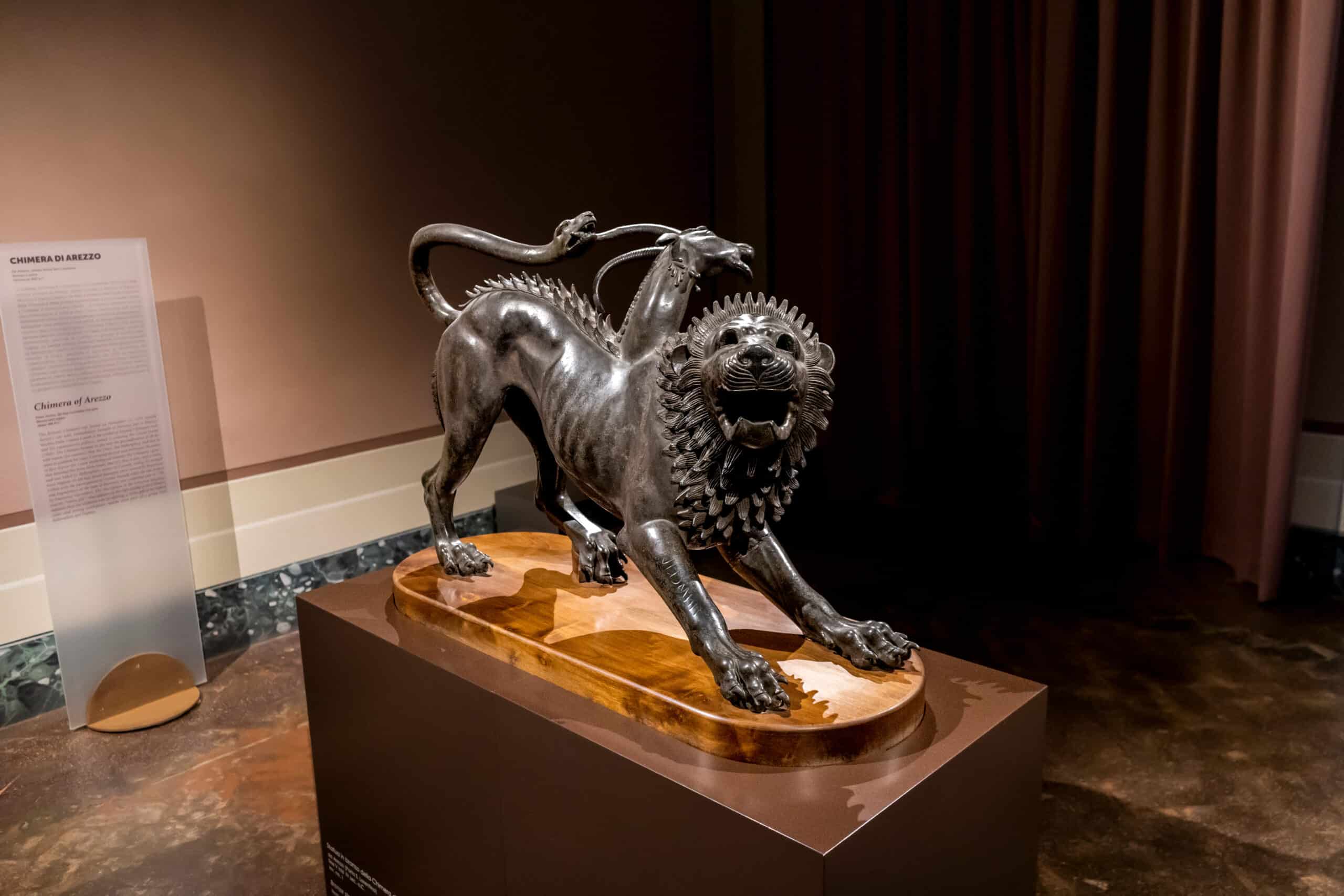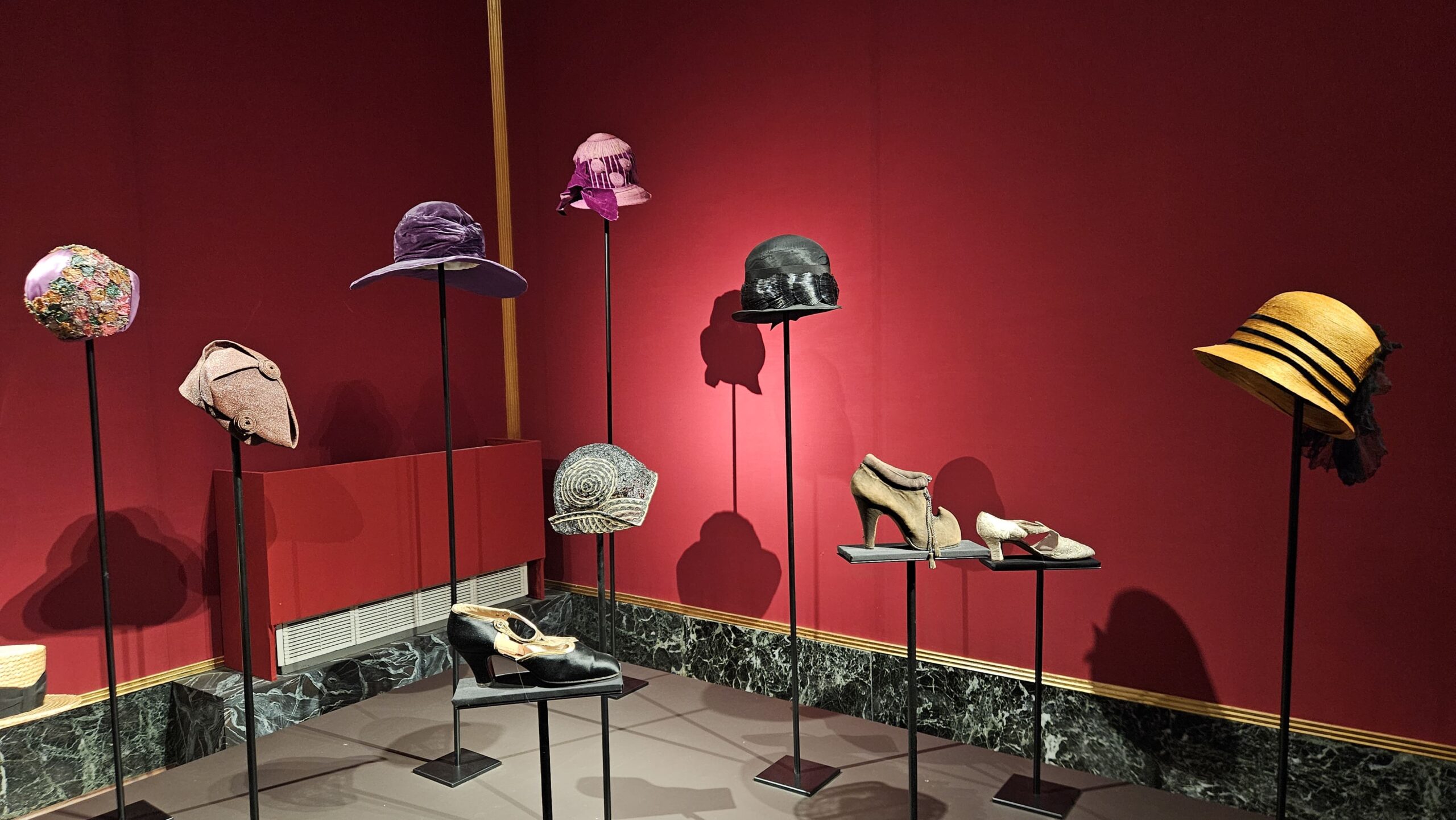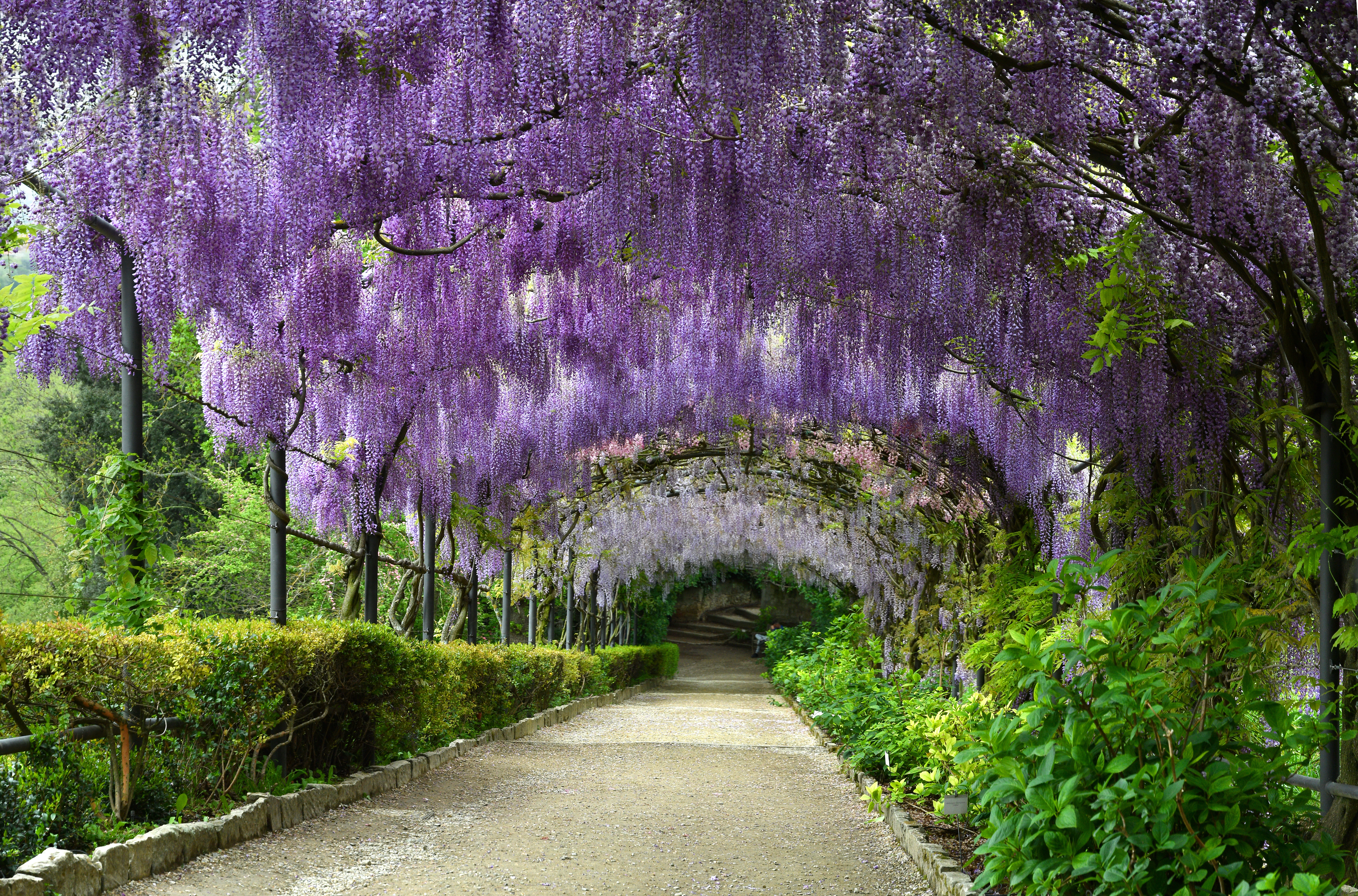The Galileo Museum and the Museo della Specola
The Galileo Museum is housed in the ancient Palazzo Castellani, adjacent to the Uffizi Gallery. It contains scientific objects from the collections of the Medici and Lorraine families, including some instruments that belonged to Galileo Galilei and were made by him, such as the two original telescopes and the objective lens with which the scientist observed Jupiter’s four moons.
Among the most significant objects are several Arab and Renaissance astrolabes, the enormous armillary sphere by Antonio Santucci, the blown-glass thermometers from the Accademia del Cimento, and the spectacular electrostatic machines from the Lorraine period.
The itinerary alternatively offers a visit to the Museum of Natural History, also known as the Museo della Specola, with its precious collections of botany, zoology, mineralogy, and chemistry dating back to the Medici era.
Of extraordinary importance are the anatomical wax models from the renowned Florentine school of ceroplastics, created between the 17th and 19th centuries, used for the study of physiology and pathological anatomy. The museum complex also includes the small observatory tower (Torrino) for astronomical observation and the Tribune dedicated to Galileo.
Other separate sections include the Museum of Anthropology and the Museum of Paleontology and Mineralogy. Lastly, the Botanical Garden, founded by Cosimo I de’ Medici.





